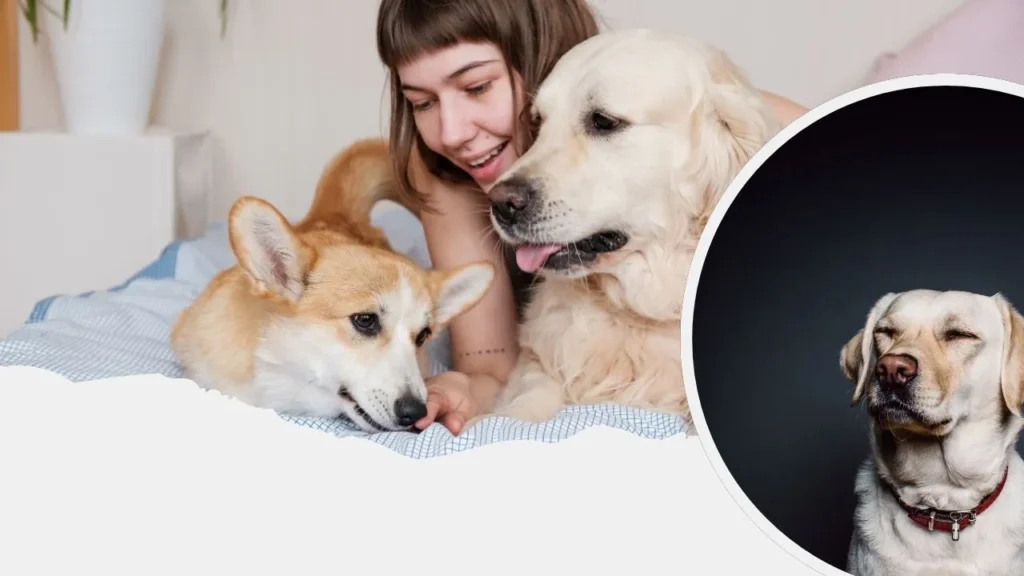Training your dog to pee outside can seem like a daunting task at first, but with the right approach, it’s an achievable goal. Whether you’re working with a new puppy or helping an older dog adjust, the process revolves around consistency, patience, and positive reinforcement. Here’s a comprehensive guide on how to train your dog to pee outside, no matter their age or background.
Tip #1: Establish a Routine
Dogs thrive on routine, so creating a predictable schedule will be your first step toward success. Start by taking your dog outside at regular intervals. For puppies, this might mean trips outside as often as every hour or two, while adult dogs typically need fewer breaks. Always take your dog outside first thing in the morning, after meals, after playtime, and before bed.
Setting up a rhythm is essential. Dogs will begin to associate certain times of the day with bathroom breaks, making it easier for them to anticipate when they’ll have the chance to relieve themselves. A helpful rule of thumb is that puppies can hold their bladder for about an hour for each month of age—so a three-month-old puppy should go out every three hours.
Tip #2: Spend Quality Time Together
Before you dive into formal training, make sure you’re spending ample time with your dog. This helps build trust and enables your dog to adjust to their new environment. Dogs, especially new puppies or rescues, may feel a mix of excitement and anxiety, so your presence will offer them comfort.
Spending time together also makes it easier for you to recognize when they need to go out. As you bond, you’ll become more attuned to their habits and signals—this understanding will be key to successful potty training.
Tip #3: Pick a Potty Spot and Use Verbal Cues
Consistency is crucial for effective potty training, which includes choosing a designated potty spot. Pick an area in your yard (or nearby) that’s easy to access, and take your dog there every time they need to relieve themselves. This repetition will help your dog associate that location with bathroom breaks.
While your dog is doing their business, use a verbal cue like “go potty” or “do your business” to help them link the phrase with the action. Over time, your dog will understand that hearing those words means it’s time to go.
Tip #4: Use Positive Reinforcement

One of the most effective ways to train your dog is through positive reinforcement. When your dog successfully pees outside, immediately reward them with praise, a treat, or some extra playtime. This will create a strong association between the act of going outside and something enjoyable, encouraging them to repeat the behavior.
Be sure to give the reward right after they finish peeing so that they clearly understand why they’re being rewarded. The more positive the experience, the more likely they’ll be to go outside again next time.
Tip #5: Utilize Crate Training
Crate training is a powerful tool for housebreaking, especially when you can’t supervise your dog. Since dogs naturally avoid soiling their sleeping area, a crate can prevent accidents indoors. Make sure the crate is the right size—not too large, but big enough for your dog to stand, turn around, and lie down comfortably.
When you use the crate, take your dog outside immediately after letting them out. The crate can help establish a routine, and your dog will begin to understand that the yard is where they should relieve themselves.
Tip #6: Watch for Signs
Even with a solid routine, there will be times when your dog needs to go unexpectedly. Keep an eye out for signs that your dog might need to pee, such as sniffing the floor, pacing, whining, or circling. If you notice any of these behaviors, take your dog outside right away.
If you catch your dog in the middle of an accident indoors, stay calm. Interrupt them with a clap or a firm but gentle “Outside!” and guide them to their designated potty spot. Once they finish there, reward them to reinforce the behavior.
Tip #7: Handle Accidents with Care
Accidents are inevitable, especially during the early stages of training. If your dog has an accident indoors, avoid punishing or scolding them. Yelling can create confusion and fear, making the training process harder. Instead, calmly clean up the mess and use an enzymatic cleaner to remove any lingering scent. This is important because dogs tend to return to spots they’ve marked before if they can still smell the odor.
If you catch your dog in the act, try to startle them with a clap and then quickly take them outside. Be sure to praise them if they finish outside to reinforce the positive behavior.
Tip #8: Transitioning from Pee Pads to Outdoors

If your dog has been trained to use pee pads, transitioning them to peeing outside will require some patience. Start by gradually moving the pee pad closer to the door, eventually placing it outside in their designated potty spot. Over time, they’ll associate going outside with bathroom breaks, and the need for pee pads will diminish.
Be Patient and Stay Positive
Potty training is a process, and it won’t happen overnight. Whether you’re working with a puppy or an older dog, expect some setbacks along the way. The key is to remain patient, positive, and consistent. Dogs are eager to please, and with time, your hard work will pay off.
Remember, every dog learns at their own pace, so don’t get discouraged. With a little bit of effort, lots of love, and positive reinforcement, your dog will soon understand that outside is the place to go when nature calls!
Case Study and Personal Experience
Case Study 1: Max
A 2-month-old Labrador, was trained to urinate outside at a predetermined spot. Max had accidents in the home at first, but he eventually came to link the word “go potty” with going outdoors to urinate. Max made great progress by week four, constantly urinating outside in the approved location, demonstrating the benefits of perseverance and patience in puppy training.
Case Study 2 : Luna
A 3-month-old Poodle, was trained to urinate outside without any accidents. Luna’s owner swiftly led her to the appropriate location by keeping an eye out for cues like sniffing and circling. By week four, Luna had become proficient at going potty outside without any mishap, proving the value of persistent training and encouraging feedback. The two case studies emphasize how crucial it is to learn puppies to urinate outside by using patience, consistency, and positive reinforcement.
Summary: Training Takes Time, But It’s Worth It!
Training your dog to pee outside requires consistency, patience, and positivity. By establishing a routine, using a specific potty spot, and reinforcing good behavior, you’ll set your dog up for success. Whether it’s a puppy learning for the first time or an older dog adapting to a new habit, every small victory counts.
Before you know it, those indoor accidents will be a thing of the past, and your dog will confidently head outside to do their business. Keep up the great work—your well-trained pup will thank you for it!











No Comment! Be the first one.